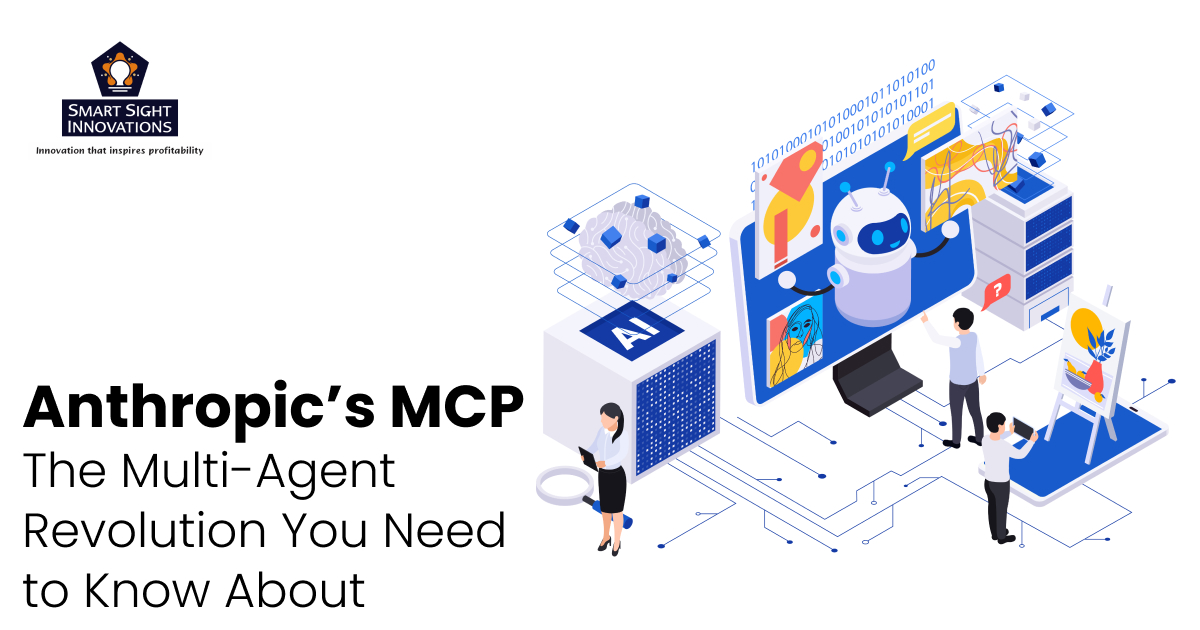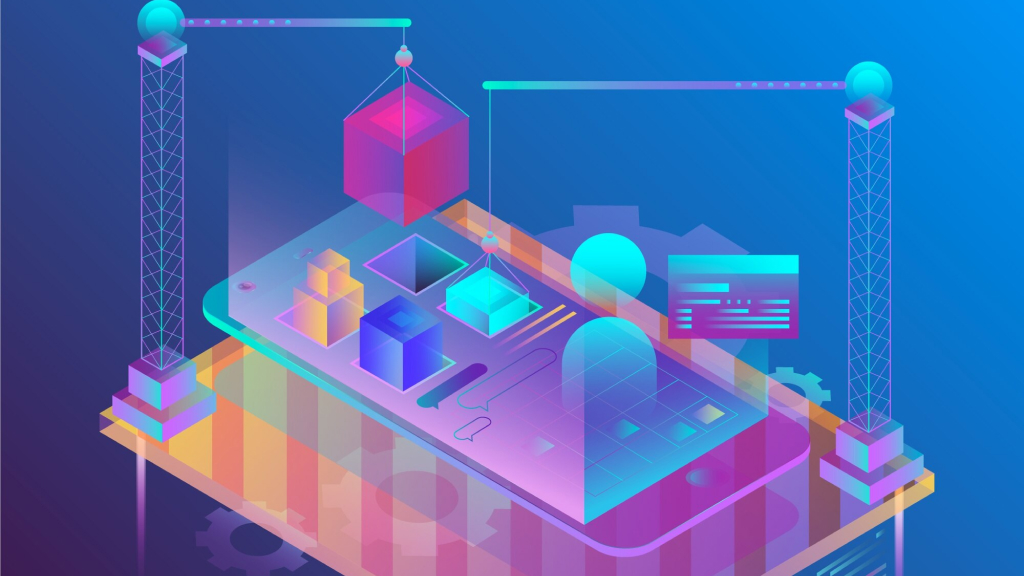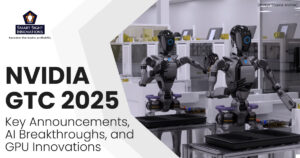
In the rapidly evolving world of AI, seamless integration between AI models and external tools is crucial. Anthropic’s Model Context Protocol (MCP) emerges as a groundbreaking standard designed to simplify and secure this connectivity. Much like how ODBC revolutionized database access decades ago, MCP aims to unify and streamline interactions between AI systems and diverse data sources, APIs, and software tools. By enabling standardized, permissioned, and extensible connections, MCP promises to unlock new possibilities for AI applications across industries.
The Origins and Motivation Behind MCP

Anthropic’s MCP was conceived to address the persistent isolation of AI models from the vast ecosystem of external data sources and tools, a fundamental bottleneck in AI development. Before MCP, integrating AI systems, especially large language models, with new databases, cloud services, or enterprise applications required building custom connectors for each pairing.
Many AI systems had to rely on custom-built connections to access different data sources and tools. This made it hard for even the most advanced AI models to get the latest information or work smoothly across different platforms. As a result, these AI systems were often stuck, unable to fully help users without a lot of extra manual work. Anthropic saw that this problem slowed down progress and made AI assistants less useful and less aware of the real-world context they needed to understand.
Inspired by the success of standards like ODBC for databases in the 1990s, which allowed any application to connect to any database using a universal protocol, Anthropic designed MCP as a similar “USB port for AI.” The goal was to create a unified, open standard so that any AI model could connect to any data source or tool without custom code for each integration.
How MCP Works: Architecture and Core Components

To standardize interactions between AI models and external systems, Anthropic’s MCP has a client-server design. This design ensures secure, modular, and scalable integrations. Here’s a detailed look at how MCP works, focusing on its architecture and key components.
Core Architecture
MCP is fundamentally built on a client–server architecture, which brings structure, modularity, and security to AI integrations. Its three main components are:
-
Host
The host is the AI-powered application or environment that users interact with directly. This could be a desktop app like Claude, a chatbot, or an integrated development environment (IDE) plugin. The host is responsible for managing the overall system, handling user authorization, and aggregating context across multiple data sources. It can connect to several MCP servers at once, allowing the AI to draw from a wide range of tools and datasets simultaneously.
-
Client
Each client serves as a specific middleman for a single MCP server within the host. For every server the host needs to interact with, it spawns a separate client. This one-to-one relationship ensures clear communication boundaries and isolates each connection for enhanced security. Clients handle all bidirectional communication, manage protocol negotiations, and keep track of available tools, resources, and prompts offered by their connected server.
-
Server
The server is a program-often running externally-that implements the MCP standard. It gives the client access to particular features, like file systems, databases, APIs, and business tools. Servers provide a set of tools (actions the AI can perform), resources (contextual data), and prompts (predefined templates or workflows) tailored to their domain.
By isolating data access logic within servers, MCP allows data providers to securely expose information without needing to understand the intricacies of every AI model that might connect.
Communication and Workflow
The MCP workflow is designed for clarity and extensibility:
-
Capability Discovery
A host connects to an MCP server via the client in order to obtain external data or tools. The client first queries the server to discover what capabilities it offers-such as which tools, resources, or prompt templates are available. The AI model receives this information, helping it to know what it can do.
-
Augmented Prompting
When a user issues a query, the host sends the user’s request to the AI model along with descriptions of the available server capabilities. This allows the model to consider not just its own knowledge, but also what it can access or do via MCP.
-
Tool/Resource Selection
The AI model examines the query and the available capabilities. If it determines that using an external tool or resource is necessary, it responds in a structured format, specifying which tool or resource it wants to use.
-
Server Execution
After receiving the AI’s request, the client instructs the server to perform the necessary action, such as retrieving data from a database or contacting an external API. The client receives the outcome once the server completes the action.
-
Response Generation
The client delivers the result back to the AI model, which then incorporates this new data into its response to the user. The final answer is thus enriched with up-to-date, contextually relevant information pulled directly from external sources.
Security and Modularity
Security is a core principle of MCP’s architecture. Each client–server connection is sandboxed, meaning access is tightly controlled and isolated. Users or organizations must explicitly approve each connection, ensuring sensitive data remains protected. The modular design also means that new servers can be added or removed without disrupting the overall system, allowing for flexible, scalable integrations as needs evolve.
Extensibility and Ecosystem
MCP’s open standard and open-source SDKs make it easy for developers to build new servers and clients. Anthropic and the broader community have already released servers for popular platforms like Google Drive, Slack, GitHub, and various databases. This extensibility allows the MCP ecosystem to grow rapidly, supporting a wide range of use cases from enterprise knowledge assistants to personal productivity tools.
By standardizing how AI models connect to external data and tools, MCP transforms fragmented, one-off integrations into a unified, scalable architecture. Its client–server model, clear separation of responsibilities, and focus on security and extensibility make MCP a foundational technology for the next generation of context-aware, agentic AI applications.
Main Advantages of Using MCP Over Other Integration Protocols

The main advantages of using Anthropic’s MCP over other integration protocols are:
-
Universal, Open Standard
MCP provides a single, standardized protocol for connecting AI models with a wide variety of data sources and tools. This replaces the fragmented, custom-built integrations typically required, simplifying development and scaling efforts.
-
Simplified Development and Reuse
Developers can write one MCP-compliant connector that works across multiple AI models and platforms, avoiding repetitive custom coding for each integration. This “write once, use many times” approach accelerates innovation and reduces maintenance overhead.
-
Two-Way, Context-Rich Communication
Unlike traditional APIs that often support one-off requests, MCP supports ongoing, interactive dialogues between AI agents and external systems. It enables AI to access not just tools but also contextual resources and prompt templates, allowing richer, more nuanced workflows.
-
Consistent Data Format and Interoperability
MCP enforces a uniform JSON-based request/response structure, making integrations easier to debug, maintain, and future-proof. This consistency ensures that AI applications can switch underlying models or tools without rewriting integration logic.
-
Security and Permission Controls
MCP requires explicit user or organizational approval for each connection and sandboxes interactions, providing strong security and privacy guarantees that many traditional protocols lack.
-
Extensible Ecosystem
MCP’s modular client-server design and open-source SDKs enable rapid creation and sharing of connectors for popular platforms (e.g., Google Drive, Slack, GitHub), fostering a collaborative ecosystem that benefits all participants.
Key Differences Between MCP and OpenAI Function Calling

1. Purpose
- OpenAI Function Calling
Converts user prompts into structured function calls for the model to execute specific tasks.
- MCP
Standardizes how AI models discover, access, and interact with external tools and data sources across platforms.
2. Control and Scope
- OpenAI Function Calling
Controlled by the LLM provider; functions are registered and managed per session or API.
- MCP
Model-agnostic, protocol-driven; any MCP-compatible client can connect to any server, enabling persistent, cross-platform integration.
3. Integration Model
- OpenAI Function Calling
Typically single-step, stateless, and tied to a specific LLM’s API; each function call is independent.
- MCP
Supports multi-step, stateful, and ongoing interactions; enables tool discovery, orchestration, and memory across sessions.
4. Flexibility
- OpenAI Function Calling
Functions must be predefined and are limited to the capabilities registered for that session; changes require redeployment.
- MCP
Tools and resources can be dynamically discovered and used, supporting more autonomous and exploratory AI agents.
5. Standardization
- OpenAI Function Calling
Output format and function schema vary by vendor; not interoperable between different LLMs.
- MCP
Provides a universal, open protocol (e.g., JSON-RPC), ensuring interoperability and reusability across models and tools.
6. Security and Control
- OpenAI Function Calling
Typically lacks explicit user approval or granular permissioning for each tool invocation.
- MCP
Emphasizes user control and transparency, often requiring explicit approval before accessing external systems.
While OpenAI Function Calling is best for straightforward, tightly scoped tasks, MCP is designed for broader, more flexible integrations, enabling AI agents to autonomously discover, select, and use tools across multiple systems, with persistent context and user oversight.
The two approaches are complementary; Function Calling determines what tool to use and when, while MCP standardizes how tools are exposed, discovered, and orchestrated across the AI ecosystem.
Some Use-Cases

1. MCP with Ableton Live
Ableton Live is a popular digital audio workstation (DAW) for music production, recording, and live performance. The integration of MCP with Ableton Live enables AI agents like Claude to control the digital audio workstation via natural language commands, revolutionizing music production workflows. Users can create tracks, add instruments, edit MIDI clips, apply effects, and control playback simply by typing commands such as “Create an 80s synthwave track with reverb on the drums.”
The system uses a Python-based MCP server and Ableton’s MIDI Remote Script to translate AI prompts into real-time actions, enabling two-way communication where the AI can also query the session state. This makes music creation more intuitive, turning natural language into a powerful interface for Ableton Live.
2. MCP with Blender
Blender is an open-source 3D creation software, which is free and used for modeling, animation, rendering, and video editing. The integration of Blender with Claude AI via MCP, offers a robust set of features that make AI-driven 3D modeling and scene management intuitive and powerful. It offers features like object creation, modification, and deletion, advanced material, color, and texture control, and real-time scene inspection.
The integration also supports procedural scene generation, asset management, and seamless integration with external libraries such as Poly Haven and Hyper3D Rodin for quick model sourcing. It can also run custom Python scripts within Blender via the AI interface, unlocking advanced automation and customization for complex workflows.
3. MCP with Zapier
Zapier is an automation platform that connects apps, enabling users to automate workflows without coding. The interaction of MCP and Zapier is a powerful middleware solution that connects AI assistants to over 8,000 applications and 30,000+ actions within Zapier’s vast integration ecosystem-without the need for complex custom API development.
By generating a unique MCP server endpoint, users can securely link their AI models (such as Claude or GPT-4) to Zapier, allowing the AI to perform real-world tasks like sending messages, managing data, scheduling events, and updating records across business platforms including Slack, Google Workspace, Salesforce, and more.
Actions are easily configured and scoped, giving precise control over what the AI can access and perform, while Zapier handles authentication, rate limits, and security. Communication is bidirectional and real-time, enabling AI assistants to discover available tools, validate inputs, and execute actions dynamically. This transforms AI from a conversational interface into a functional automation agent, streamlining workflows and boosting productivity for developers, business teams, and enterprises.
Zapier MCP’s developer-friendly implementation, robust security, and broad compatibility make it a leading choice for scaling AI-driven automation across diverse business environments.
Key Challenges When Implementing MCP

Implementing the MCP comes with several notable challenges that developers and organizations must navigate to fully leverage its potential.
-
Fragmented Implementation and Standardization Gaps
While MCP aims to unify AI integrations, different implementations may handle similar functions in inconsistent ways, leading to unpredictable or undesirable behavior. This fragmentation can confuse end users and complicate development, as the ecosystem is still maturing and lacks a fully established official registry or strict standards for connectors.
-
The NxM Integration Problem
MCP addresses the complexity of connecting multiple AI models (N) to numerous tools and data sources (M), but the sheer scale of integrations remains challenging. Developers must still build and maintain MCP servers for diverse systems, and keeping these connectors up to date as APIs and models evolve requires ongoing effort.
-
Security Risks and Vulnerabilities
Security is a critical concern. MCP servers often run locally but expose powerful capabilities, making them targets for prompt injection attacks, tool poisoning, or unauthorized data access. Inconsistent security implementations and insufficient sandboxing can lead to vulnerabilities such as exfiltration of sensitive data or execution of unsafe commands. The authorization specifications are still evolving, and best practices around permissioning and isolation are being developed.
-
Engineering Complexity and Performance
Building robust MCP servers demands expertise in protocol design, secure coding, and efficient communication. Managing multiple client-server connections, ensuring low latency, and handling complex workflows can introduce system overhead and scalability challenges.
-
Identity Management and Authorization
Properly authenticating and authorizing AI agents, users, and MCP servers is complex. Current authorization models are relatively new and may not cover all enterprise security requirements, requiring additional tooling or governance layers.














